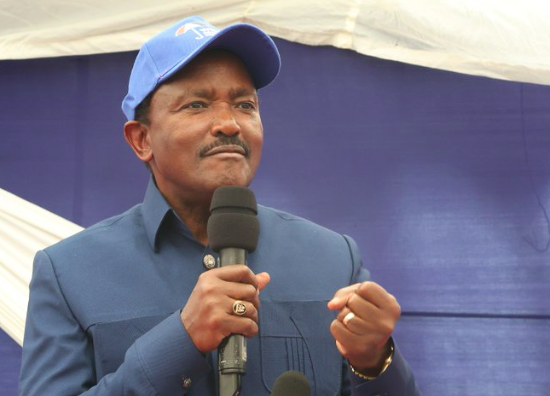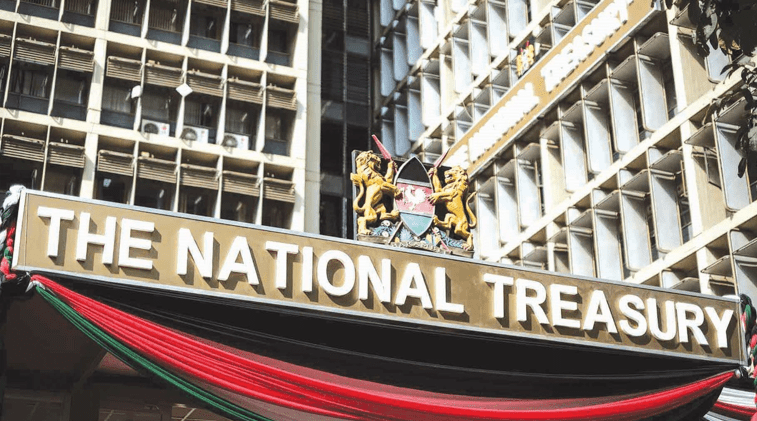State targets Sh3.5tr in new revenue collection strategy
By Noel Wandera, November 20, 2024Kenya is embarking on an ambitious plan to enhance its domestic revenue collection by 17 per cent, targeting a total of Sh3.5 trillion under the Medium Term Revenue Strategy (MTRS).
Currently, the country mobilises about 15 per cent of its gross domestic product (GDP) in domestic revenue, which translates to approximately Sh2.7 trillion. National Treasury Cabinet Secretary John Mbadi recently addressed this initiative during the 52nd East African Revenue Authorities Commissioners General (EARACG) meeting, emphasizing the importance of improving domestic revenue collection for the nation’s financial sustainability.
Experts have projected that Kenya could potentially increase its domestic revenue mobilisation to 22 per cent of GDP. However, Mbadi indicated that achieving a more modest target of 17 per cent is crucial for the medium term. This increase is expected to yield an additional $3.5 billion (approximately Sh451 billion), which would help cover external borrowing needs and leave around $2.4 billion (about Sh309.6 billion) available for other governmental priorities, he said.
Kenya’s borrowing commitments are substantial, with a set external borrowing target of $2.7 billion (approximately Sh348.3 billion) and domestic borrowing at $3.2 billion (around Sh412.8 billion). Additionally, the International Monetary Fund (IMF) has allocated $1.4 billion (about Sh180.6 billion) to support Kenya’s financial strategies.
To achieve these ambitious revenue goals, Mbadi underscored the necessity for innovative approaches, including comprehensive tax reforms and administrative measures aimed at enhancing efficiency in revenue collection processes.
The MTRS places a strong emphasis on broadening the tax base by incorporating sectors that have traditionally been challenging to tax, such as digital services, real estate, and agriculture. This strategy aims not only to increase revenue but also to ensure a fairer distribution of tax obligations across various industries while protecting existing businesses from excessive taxation.
A key component of the MTRS is leveraging technology to streamline tax administration processes. By adopting digital tools and platforms, the government aims to simplify compliance for taxpayers and enhance the efficiency of revenue collection efforts by authorities.
This technological integration is expected to foster a more stable tax environment, thereby bolstering investor confidence and encouraging business growth.
During the EARACG meeting, commissioners collectively resolved to advocate for the rationalization of tax exemptions across the region to ensure uniform benchmarks and compliance standards.
They emphasised the importance of benchmarking with countries that have established compliance risk management functions, which can be adapted within their respective authorities.
Moreover, there was a strong focus on optimizing data utilization within tax administrations to enhance compliance and revenue collection. The potential of artificial intelligence (AI) was highlighted as transformative in this regard, enabling better decision-making and risk assessment in tax administration.
The commissioners also discussed the implementation of a digital service tax and considered adapting significant economic presence taxation frameworks based on each country’s progress in taxing the digital economy. To combat smuggling effectively, policy measures such as regional tax harmonization were prioritised for expedited implementation.
More Articles

